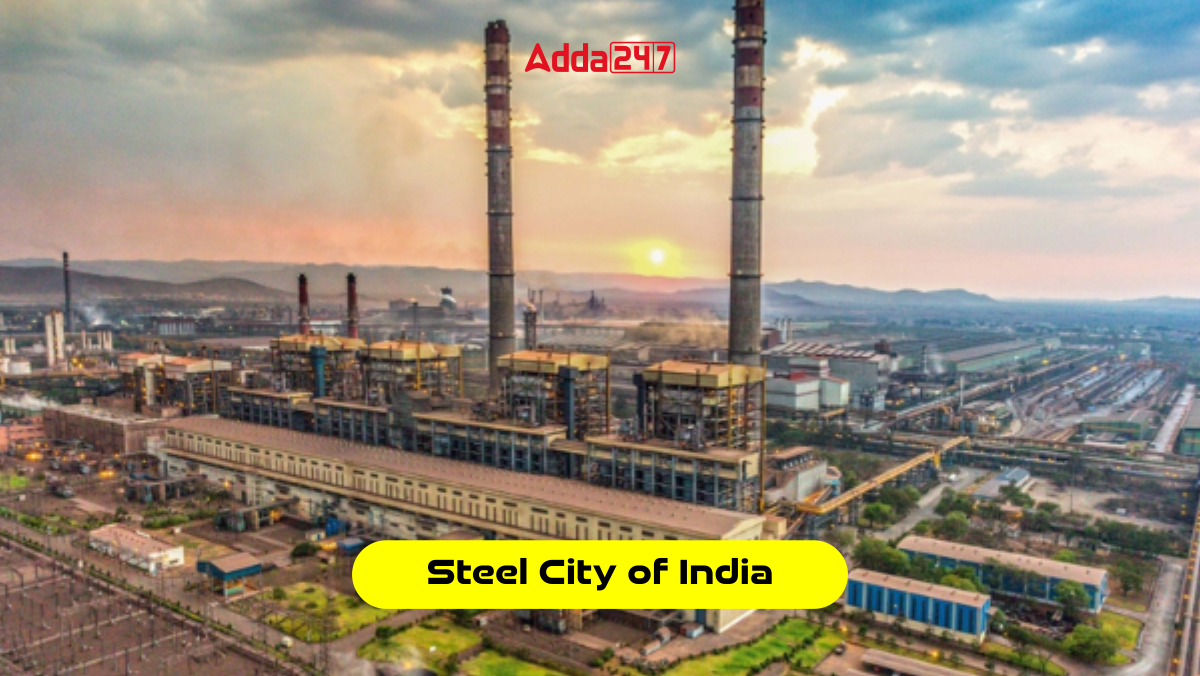Steel City of India
Jamshedpur earned the title of the ‘Steel City of India’ due to its deep-rooted historical ties to the steel sector and its enduring role as a prominent hub for steel manufacturing in the nation. This affiliation with the steel industry can be traced back to the early 1900s when Tata Steel, led by the visionary Jamsetji Tata, founded its inaugural steel facility in the region.
Historical Significance of Jamshedpur
In 1917, a significant event transpired when the then Viceroy of India, Lord Chelmsford, delivered a speech recognizing the paramount contribution of Tata Steel to the steel industry. In honor of this acknowledgement, he bestowed the name “Jamshedpur” upon the once-modest Sakchi village. Since then, this name resonates worldwide and the city came to be known as Jamshedpur.
Jamshedpur’s Contribution as the “Steel City of India?”
Jamshedpur, known as the “Steel City of India,” has been a pivotal contributor to the nation’s industrial landscape. Established by Jamsetji Tata in 1907, it houses the iconic Tata Steel, one of the oldest and largest steel plants in the country. Jamshedpur’s steel industry has played a vital role in India’s economic development, supplying high-quality steel for infrastructure projects and fostering industrial growth during the 60s and 70s.
Why is Jamshedpur known as the “Steel City of India”?
Here are the key reasons why Jamshedpur earned the nickname of “Steel City of India”:
Establishment of Tata Steel
Jamshedpur’s identity as a steel city can be tracked back to the establishment of Tata Steel in the region. In 1907, Jamsetji Tata had a vision of building a world-class steel plant in India. His dream became a reality when the Tata Steel plant began operations in the early 20th century. This marked the birth of the Indian steel industry on a significant steel.
Rapid Growth and Development
Before the establishment of Tata Steel, the area around Jamshedpur was a small village surrounded by forests. However, with the establishment of the steel plant, the city started to grow rapidly. Tata Steel provided employment opportunities, attracted a workforce and contributed to the development of the city’s infrastructure.
Contribution to Industrial Development
During the World War I, Tata Steel played a crucial role in producing raw steel materials, which were essential for the war effort. The company’s contributions to steels production during this time were significant, further cementing its role in the Indian steel industry.
Continued Significance as “Steel City of India”
Over the years, Tata Steel in Jamshedpur has continued to be a major player in the Indian steel industry. It has expanded its operations and modernized its facilities, making Jamshedpur a key center for steel production and related industries in India.
Find More General Studies News Here




 Which City is known as the Christmas Cap...
Which City is known as the Christmas Cap...
 Auroville Foundation May Gain Institutio...
Auroville Foundation May Gain Institutio...
 Elon Musk Becomes First Individual to Re...
Elon Musk Becomes First Individual to Re...







